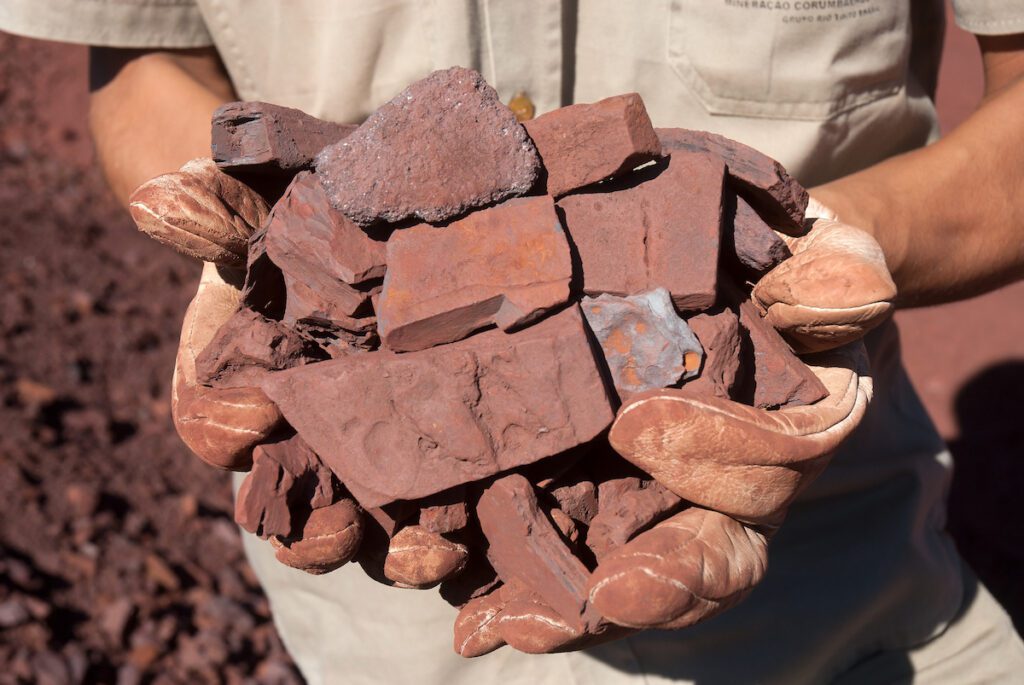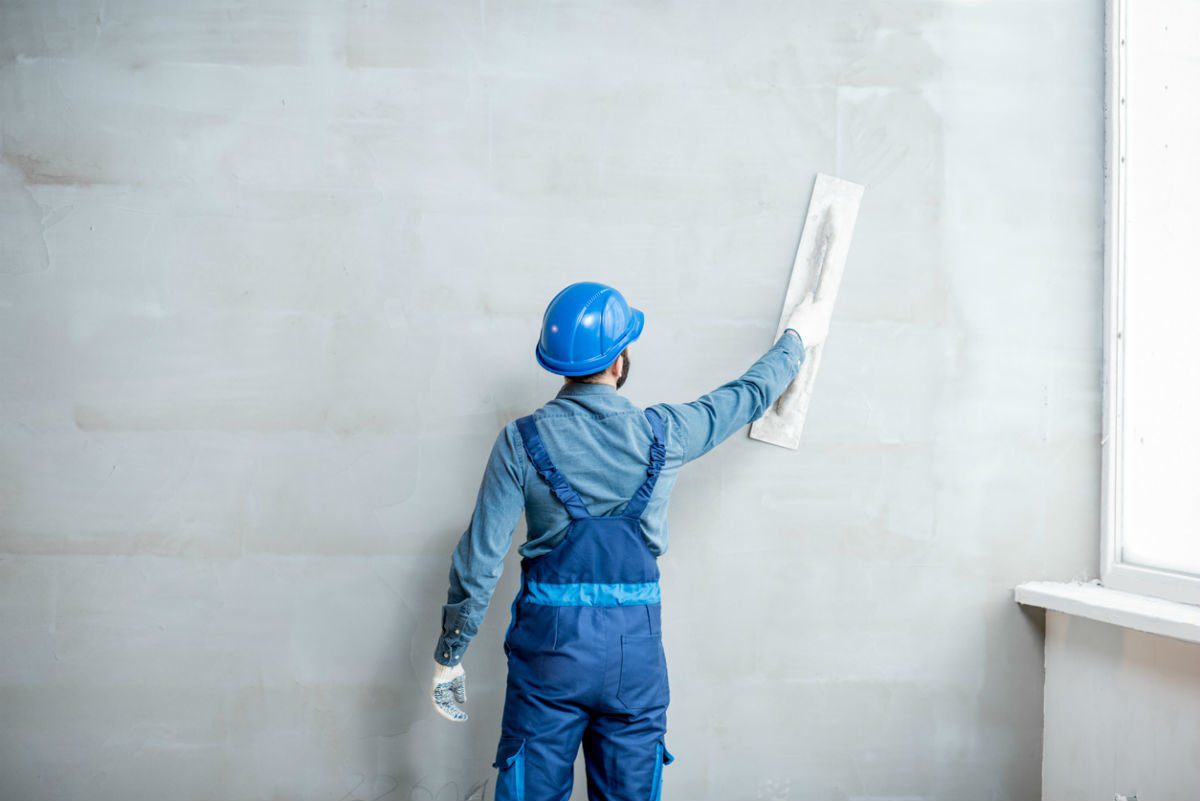Iran held on to its ranking as the world’s 10th biggest cement producer in 2018, although the country’s production declined by 1.85% compared with 2017 to stand at 53 million tons, a report published by the United States Geological Survey shows.
Based on the USGS report, published in February, the world’s top cement producers last year were China with 2.37 billion tons, India with 290 million tons, the US with 88.5 million tons, Turkey with 84 million tons, Vietnam with 80 million tons, Indonesia with 67 million tons, South Korea with 56 million tons, Japan with 55.5 million tons, Russia and Egypt each with 55 million tons, Iran with 53 million tons, Brazil with 52 million tons and Saudi Arabia with 45 million tons.
Other countries produced an aggregate of around 756 million tons of cement in 2018.
The total global cement production during 2018 amounted to 4.1 billion tons, showing a 1.23% growth YOY, according to Financial Tribune.
Iran’s capacity for clinker production last year remained at 80 million tons, the same as in 2017. As such, Iran had the sixth largest clinker production capacity in the world, sharing the spot with Russia.
China, India, the US, Vietnam and Turkey were the top five countries having the highest clinker production capacity in a descending order in 2018.
The latest report released by the Iranian Mines and Mining Industries Development and Renovation Organization shows Iran exported 12.65 million tons of cement during the 11 months to Feb. 19.
Afghanistan is Iran’s biggest export destination. Iraq, Bangladesh, member countries of the Commonwealth of Independent States and some African countries are other customers of Iranian cement.
Last year’s (March 2017-18) exports stood at more than 6.08 million tons, registering a 16.7% rise compared with the year before.
According to the secretary of Iran’s Cement Association, Abdolreza Sheikhan, the country is the world’s sixth biggest exporter of cement chain products.
“The country has the capacity to produce 87.5 million tons of cement chain products annually,” he said.
He said the recent increase in marine transportation fees, the rise in prices of production line parts or other required materials like refractory bricks, increased cement production costs by 30-40% in the last fiscal year (March 2018-19).
“This is while the government only allowed a 12% increase in end prices, which does not cover our expenses. We are currently in talks to increase the prices again,” Sheikhan said.
According to Jafar Sarqeini, former deputy minister of industries, mining and trade, Iran aims to increase its cement production capacity to 100 million tons per year by 2021 and to further increase it to 120 million tons per year by the end of the 20-Year Vision Plan (2025).
Ref: eghtesadonline




